-
 Bitcoin
Bitcoin $115200
-2.59% -
 Ethereum
Ethereum $3610
-4.80% -
 XRP
XRP $3.046
-1.70% -
 Tether USDt
Tether USDt $0.9997
-0.01% -
 BNB
BNB $762.6
-4.64% -
 Solana
Solana $168.7
-4.80% -
 USDC
USDC $0.9998
0.00% -
 Dogecoin
Dogecoin $0.2091
-4.05% -
 TRON
TRON $0.3270
-0.48% -
 Cardano
Cardano $0.7335
-3.72% -
 Hyperliquid
Hyperliquid $39.29
-10.55% -
 Stellar
Stellar $0.3999
-2.50% -
 Sui
Sui $3.542
-5.88% -
 Chainlink
Chainlink $16.62
-5.12% -
 Bitcoin Cash
Bitcoin Cash $551.5
-3.74% -
 Hedera
Hedera $0.2544
-3.06% -
 Avalanche
Avalanche $22.11
-4.29% -
 Ethena USDe
Ethena USDe $1.001
0.00% -
 Toncoin
Toncoin $3.523
-1.18% -
 UNUS SED LEO
UNUS SED LEO $8.939
-0.13% -
 Litecoin
Litecoin $106.3
-2.77% -
 Shiba Inu
Shiba Inu $0.00001235
-3.83% -
 Polkadot
Polkadot $3.647
-3.93% -
 Uniswap
Uniswap $9.071
-6.41% -
 Monero
Monero $301.6
-0.77% -
 Dai
Dai $0.0000
-0.01% -
 Bitget Token
Bitget Token $4.331
-3.46% -
 Pepe
Pepe $0.00001064
-5.31% -
 Cronos
Cronos $0.1367
-5.05% -
 Aave
Aave $259.2
-3.66%
Where is NFT stored? NFT storage and management methods
NFTs are stored on the blockchain as tokens linking to off-chain media via URIs, often using decentralized systems like IPFS for permanent access.
Jun 14, 2025 at 03:42 am
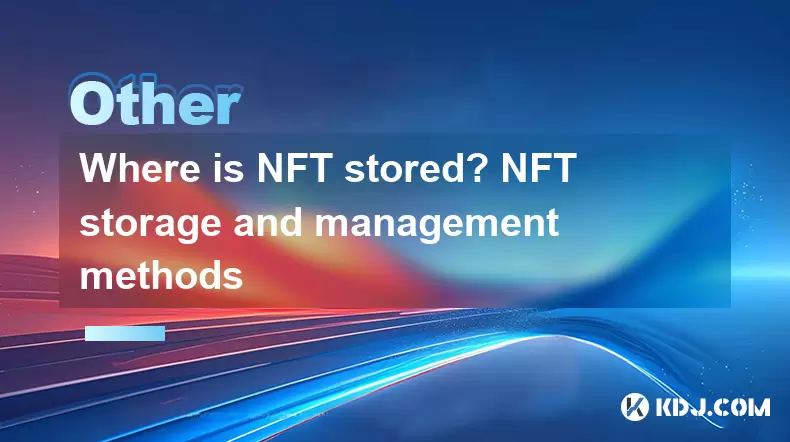
Understanding the Storage Mechanism of NFTs
When people talk about where NFTs are stored, they often misunderstand that the actual digital file—like a piece of art, music, or video—is kept directly on the blockchain. In reality, NFTs are stored as tokens on the blockchain, and these tokens contain metadata that points to the location of the digital asset. This distinction is crucial for understanding how NFT ownership and access work.
The token itself resides on a blockchain like Ethereum, Solana, or Binance Smart Chain. It contains information such as ownership history, transferability, and a link (usually in the form of a URI) pointing to where the associated media file is hosted. This means the digital content is not stored on the blockchain but rather off-chain. The URI typically leads to an IPFS (InterPlanetary File System) hash or a centralized server URL.
Decentralized vs. Centralized Storage for NFTs
There are two primary types of storage methods used for NFTs: centralized storage and decentralized storage. Each comes with its own set of advantages and drawbacks.
Centralized Storage: This method involves hosting the NFT's digital file on traditional web servers, such as those operated by AWS or Google Cloud. While this approach offers fast load times and easy access, it introduces risks like server downtime, data manipulation, or even deletion if the host decides to take down the file.
Decentralized Storage: Platforms like IPFS and Filecoin offer decentralized alternatives. These systems store files across multiple nodes globally, making them more resistant to censorship and outages. When an NFT uses IPFS, the digital asset is broken into chunks and distributed across the network. The NFT smart contract then stores a unique cryptographic hash that acts as a permanent pointer to the file.
The Role of Smart Contracts in NFT Management
Smart contracts play a pivotal role in how NFTs are managed and accessed. These self-executing contracts, built on blockchains like Ethereum, govern the rules of ownership, transfer, and access rights.
Each NFT is minted using a smart contract, which defines properties such as:
- Who can transfer the NFT
- Whether the NFT is burnable
- How royalties are distributed upon resale
Once deployed, the smart contract remains immutable, ensuring transparency and security. However, because the smart contract only stores a reference to the digital asset, the longevity of the NFT depends heavily on the persistence of the storage system it links to. If the file disappears from the server, the NFT may become a broken link, leaving the owner with a token that has no usable content attached.
Best Practices for Storing and Managing NFTs
To ensure long-term viability and accessibility of NFTs, users should adopt best practices in both storage and management.
- Use Decentralized Storage Services: Opt for platforms like IPFS, Arweave, or Storj to store digital assets permanently and securely.
- Verify the URI Stored in the NFT: Before purchasing an NFT, check whether it points to a centralized or decentralized source. Tools like OpenSea allow users to inspect the token's metadata.
- Backup NFT Metadata: Some advanced users choose to locally store copies of NFT metadata and media to preserve access regardless of external changes.
- Use Wallets That Support NFT Management: Wallets such as MetaMask, Trust Wallet, and Phantom provide interfaces for viewing, transferring, and managing NFTs efficiently.
- Understand Gas Fees and Transaction Speeds: Managing NFTs on blockchains involves gas fees, especially when transferring or listing for sale. Understanding these costs helps avoid unexpected expenses.
How to Access and Manage Your NFT Collection
Managing your NFT collection effectively requires a combination of tools and strategies.
- Choose the Right Wallet: Ensure your wallet supports the blockchain where your NFTs reside. For example, Ethereum-based NFTs require an ERC-721 or ERC-1155 compatible wallet.
- Connect to Marketplaces: Platforms like OpenSea, Rarible, and LooksRare allow users to view, buy, sell, and manage their NFTs seamlessly.
- Review Ownership Records: Since all transactions are recorded on the blockchain, you can verify ownership and transaction history at any time through explorers like Etherscan.
- Enable Two-Factor Authentication: Protect your wallet and linked accounts with 2FA to prevent unauthorized access.
- Monitor for Phishing Attempts: Always double-check URLs and avoid clicking suspicious links that claim to offer free NFTs or urgent actions.
Frequently Asked Questions
Q: Can I move my NFT to another blockchain?
A: Yes, through cross-chain bridges, though this process carries risks including potential loss of assets if the bridge is compromised.
Q: What happens if the server storing my NFT’s image goes offline?
A: If the NFT points to a centralized server and it goes down, the associated media might become inaccessible, rendering the NFT essentially useless unless backed up elsewhere.
Q: Is it possible to update the file linked to an NFT after minting?
A: Technically yes, but only if the smart contract allows for metadata updates. Most NFTs are designed to be immutable once minted.
Q: How do I prove ownership of an NFT without revealing my private keys?
A: You can sign a message using your wallet to prove ownership without exposing your private keys. Many platforms use this method during login or verification processes.
Disclaimer:info@kdj.com
The information provided is not trading advice. kdj.com does not assume any responsibility for any investments made based on the information provided in this article. Cryptocurrencies are highly volatile and it is highly recommended that you invest with caution after thorough research!
If you believe that the content used on this website infringes your copyright, please contact us immediately (info@kdj.com) and we will delete it promptly.
- SPX6900, BlockDAG, and Miner Sales: A New York Minute on Crypto Trends
- 2025-08-01 23:30:15
- BlackRock, XRP ETF, and Ripple: Is the Perfect Storm Brewing?
- 2025-08-01 22:50:11
- Dogecoin's Bullish Engulfing Pattern: Is a Major Price Move Imminent?
- 2025-08-01 22:30:12
- Score Big with bet365 Bonus Code BOOKIES: Your Ticket to NFL, MLB, and WNBA Action!
- 2025-08-01 22:30:12
- SportsMillions Promo Code & Bonus: Your Ticket to Social Sports Action
- 2025-08-01 22:50:11
- BetMGM Bonus Code BOOKIES: Your Ticket to NFL, MLB & WNBA Action (and More!)
- 2025-08-01 22:55:54
Related knowledge

What is the difference between a blockchain and a database?
Aug 01,2025 at 09:36pm
Understanding the Core Structure of a BlockchainA blockchain is a decentralized digital ledger that records data in a series of immutable blocks linke...
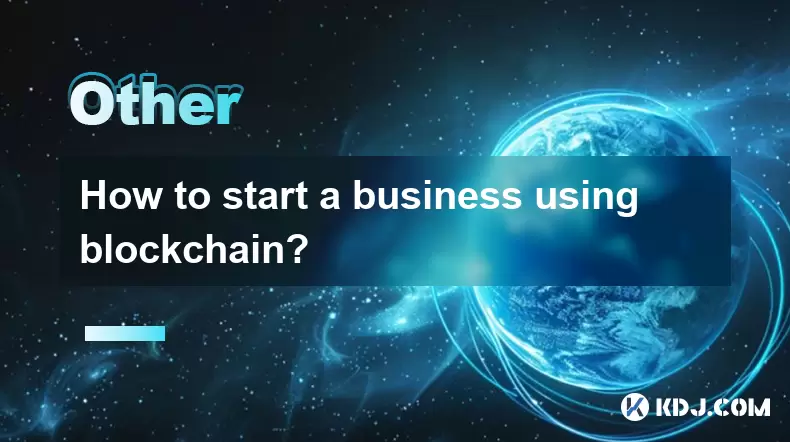
How to start a business using blockchain?
Jul 28,2025 at 12:36am
Understanding the Basics of Blockchain TechnologyBefore diving into the process of starting a business using blockchain, it's crucial to understand wh...
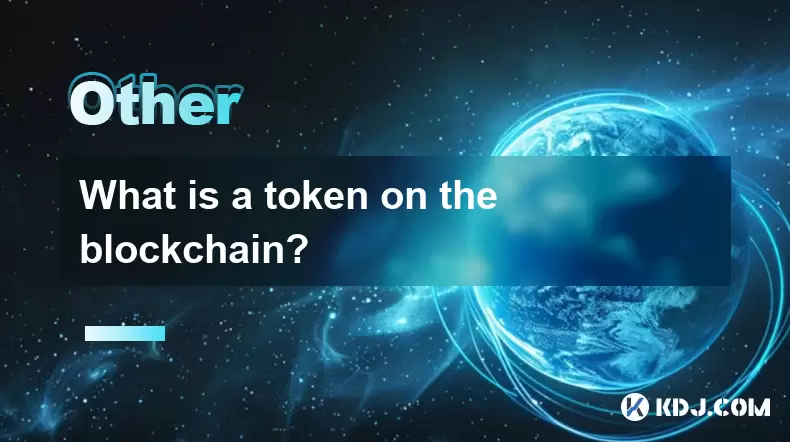
What is a token on the blockchain?
Jul 21,2025 at 07:00am
Understanding the Concept of a TokenIn the realm of blockchain technology, a token is a digital representation of an asset or utility that exists on a...
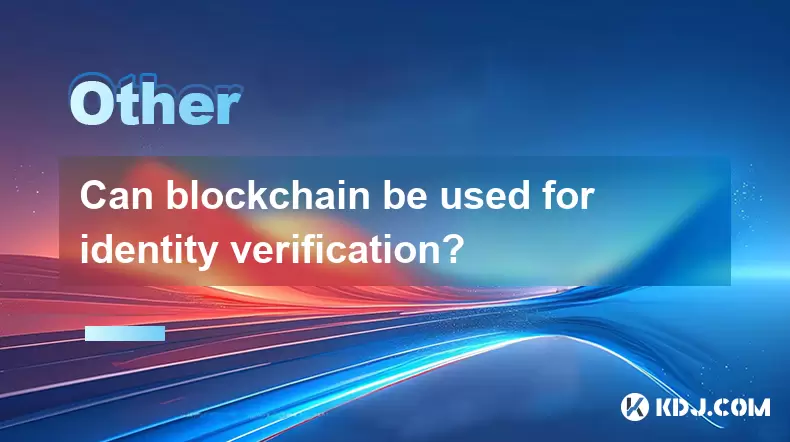
Can blockchain be used for identity verification?
Jul 18,2025 at 02:14pm
Understanding Identity Verification in the Digital AgeIn the modern digital landscape, identity verification has become a critical component for ensur...
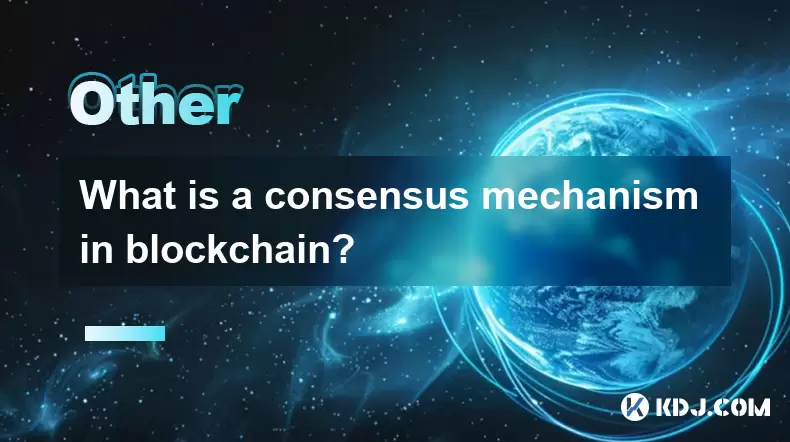
What is a consensus mechanism in blockchain?
Jul 21,2025 at 03:01am
Understanding the Basics of Consensus MechanismsA consensus mechanism is a critical component of any blockchain network. It refers to the process by w...
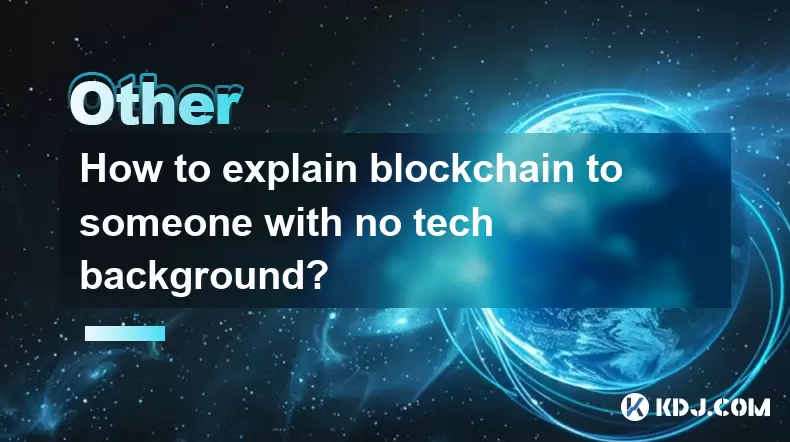
How to explain blockchain to someone with no tech background?
Jul 18,2025 at 11:08pm
Understanding the Basics of BlockchainTo explain blockchain to someone with no tech background, it's essential to start with simple analogies and avoi...

What is the difference between a blockchain and a database?
Aug 01,2025 at 09:36pm
Understanding the Core Structure of a BlockchainA blockchain is a decentralized digital ledger that records data in a series of immutable blocks linke...

How to start a business using blockchain?
Jul 28,2025 at 12:36am
Understanding the Basics of Blockchain TechnologyBefore diving into the process of starting a business using blockchain, it's crucial to understand wh...

What is a token on the blockchain?
Jul 21,2025 at 07:00am
Understanding the Concept of a TokenIn the realm of blockchain technology, a token is a digital representation of an asset or utility that exists on a...

Can blockchain be used for identity verification?
Jul 18,2025 at 02:14pm
Understanding Identity Verification in the Digital AgeIn the modern digital landscape, identity verification has become a critical component for ensur...

What is a consensus mechanism in blockchain?
Jul 21,2025 at 03:01am
Understanding the Basics of Consensus MechanismsA consensus mechanism is a critical component of any blockchain network. It refers to the process by w...

How to explain blockchain to someone with no tech background?
Jul 18,2025 at 11:08pm
Understanding the Basics of BlockchainTo explain blockchain to someone with no tech background, it's essential to start with simple analogies and avoi...
See all articles

























































































